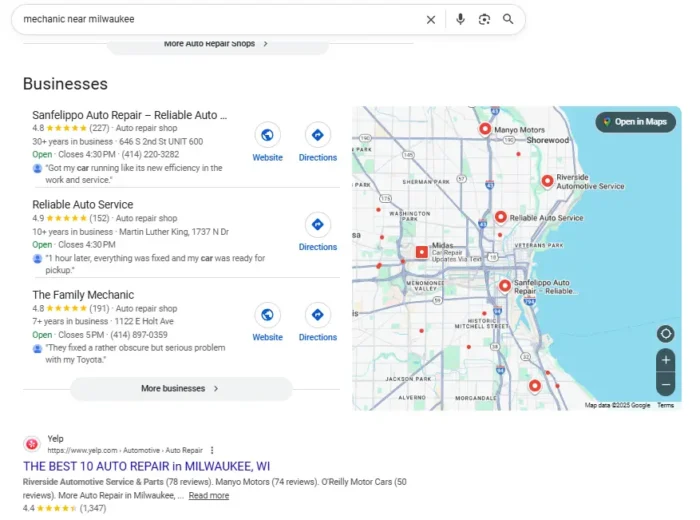Cinfa: Promoting Access in Healthcare
We believe that harmonizing administrative, quality and clinical requirements across the GCC countries as well as standardized evaluation timelines would be helpful. Franc Vives, Chief International Officer, Cinfa, discusses the emerging trends in chronic disease management, the evolving drug...

Franc Vives, Chief International Officer, Cinfa, discusses the emerging trends in chronic disease management, the evolving drug market in the MENA region and the company’s strategic plans for growth
The MENA region is witnessing a significant increase in chronic diseases and the demand for their treatments, driven by the growing prevalence of conditions such as hypertension, dyslipidemia, and diabetes. This growing demand is not only a result of increasing health challenges but also reflects advancements in healthcare systems, including greater disease awareness, highly skilled medical professionals, and improved access to effective treatment options.

Building on the growing demand, Cinfa is committed to strengthening its presence in the region by offering high-quality treatments tailored to the unique needs of healthcare providers and patients. The company has invested heavily in a new plant, Neo, designed to double production capacity and introduce Industry 4.0 technologies. In addition, Cinfa is increasing its R&D efforts in key therapeutic areas such as type 2 diabetes, cardiovascular disease and neurology.

In an exclusive interview, Franc Vives, Chief International Officer, Cinfa, talks to Health Magazine about these developments and the company’s ongoing commitment to enhance healthcare access in the region.
Lifestyle changes have led to reduced physical activity and increased consumption of processed foods, key factors driving the rise in chronic diseases such as hypertension, dyslipidemia, and diabetes. Both diagnosis and treatment rates have increased for these conditions. This outcome can be attributed to the advances in the region’s healthcare systems, including disease awareness campaigns carried out by the health authorities, highly qualified medical staff, excellent hospital management systems and the availability of a wide range of effective healthcare solutions.
What is the current state of the pharmaceutical market in the region, and how is it projected to grow in the coming years?
Over the next five years, Cinfa expects a market increase of more than 7% in the region, driven mainly by improved regulatory processes, better patient access schemes and growth in healthcare infrastructure and private sector participation.
With this foresight, we have increased our development, production and distribution capacity with a new manufacturing plant called Neo – a facility based on the concept of Industry 4.0: a facility in which all processes are integrated, digitized and automated according to the needs of each drug and its different manufacturing stages.
The production processes are integrated vertically, allowing materials to move downward across four floors, reducing horizontal transfers and preventing cross-contamination. This design, combined with rigorous quality controls—over 190,000 tests in 2023—ensures the highest standards of safety and excellence.
Tell us about Cinfa’s growing business in the region and your future plans
We have been achieving consistent growth in private sales across the MEA region in the past few years, driven by remarkable success in areas such as cardiovascular, anti-inflammatory and anti-infective therapies. Cinfa’s products in areas such as neuropsychiatry, men’s healthcare and gastrointestinal therapy are on the rise and are expected to play a key role in driving corporate growth in the upcoming years. Our private sales in the MENA region will exceed $40 million in 2024. Besides, we have already partnered with the public sector in Saudi Arabia and the UAE, where Cinfa brands have been widely used in many government hospitals in both countries.
Our new Neo plant for medicine development, production and distribution is a cutting-edge facility, backed by more than $44 million in investment and four years of dedicated effort. This advanced facility in Spain will double Cinfa’s production capacity to 200 million medicine units per year.
One of Cinfa’s primary R&D focuses is type 2 diabetes mellitus, a highly prevalent condition that has been on the rise globally in recent years and is linked to high morbidity and mortality. We are actively working within two key therapeutic groups: DPP-4 inhibitors and SGLT2 inhibitors.
We also want to emphasize our ongoing efforts and investments in R&D focused on cardiovascular disease, the leading cause of death worldwide. Specifically, we are working on a range of more effective and safer antithrombotic drugs such as platelet aggregation inhibitors, direct thrombin inhibitors (DTIs) and direct factor Xa inhibitors, aimed at both treating and preventing blood clots in veins and preventing stroke and embolism.
And last but not least, we have an R&D line in neurology.
What are your views on the current regulatory environment in the region, and what recommendations would you suggest?
Today, the regulatory framework in the region is becoming more aligned with the standards and requirements set by key regulatory authorities, such as the EMA, USFDA, MHRA, PMDA and Swissmedic, which are highly regarded in the evaluation of new drug applications.
Although Cinfa is aware that each country wants to look after the interest and health of its citizens, we believe that harmonizing administrative, quality and clinical requirements across the GCC countries as well as standardized evaluation timelines would be helpful.
What initiatives are underway to boost local production within the GCC, and what are CINFA’s plans in this regard?
In alignment with Cinfa’s mission of providing authentic and accessible healthcare solutions to patients, we are taking active steps towards localization of product manufacturing in the MENA region. This initiative will accelerate product supply and make newly launched products more affordable.
Are there any PPP initiatives in the region, and are you part of any such initiatives?
Cinfa has just started a fruitful collaboration with the Department of Health in UAE by including many of its products in the unified procurement tender. This tender will cover the needs of patients who are examined at several institutional hospitals. Moreover, Cinfa is extending this collaboration to scientific activities and congresses.

 KickT
KickT 






























